Category: Ethics
-

Magnum photographer Alec Soth accused of plagiarism by Chicago artist Tonika Johnson | The Art Newspaper
Magnum photographer Alec Soth accused of plagiarism by Chicago artist Tonika Johnson On commission for the New York Times, Soth says he had “no knowledge” of the the long-term project by the Chicago resident and documentary photographer Link: https://www.theartnewspaper.com/news/magnum-photographer-alec-soth-may-face-legal-action-after-plagiarism-claim-from-chicago-artist-tonika-johnson On commission for the New York Times, Soth says he had “no knowledge” of the the…
-
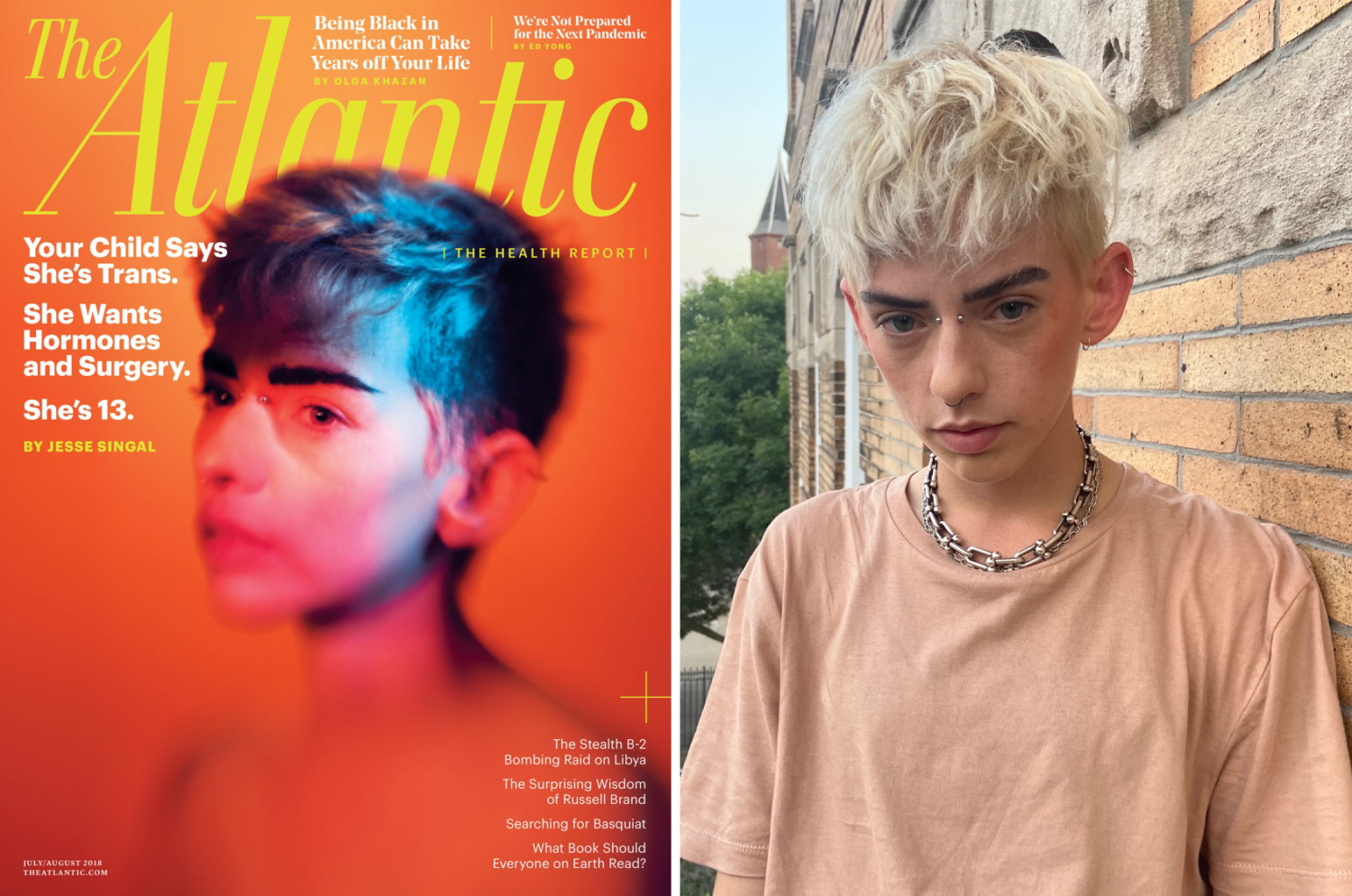
The Atlantic tried to artistically show gender dysphoria on its cover. Instead it damaged the trust of transgender readers. – Poynter
The Atlantic tried to artistically show gender dysphoria on its cover. Instead it damaged the trust of transgender readers. – Poynter A 2018 Atlantic cover story about families with transgender teenagers misgendered its cover model and crossed ethical boundaries in the process. via Poynter: https://www.poynter.org/ethics-trust/2020/the-atlantic-tried-artistically-show-gender-dysphoria-cover-instead-damaged-trust-transgender-readers/ Brewer was 22 at the time, used they/them pronouns (but…
-
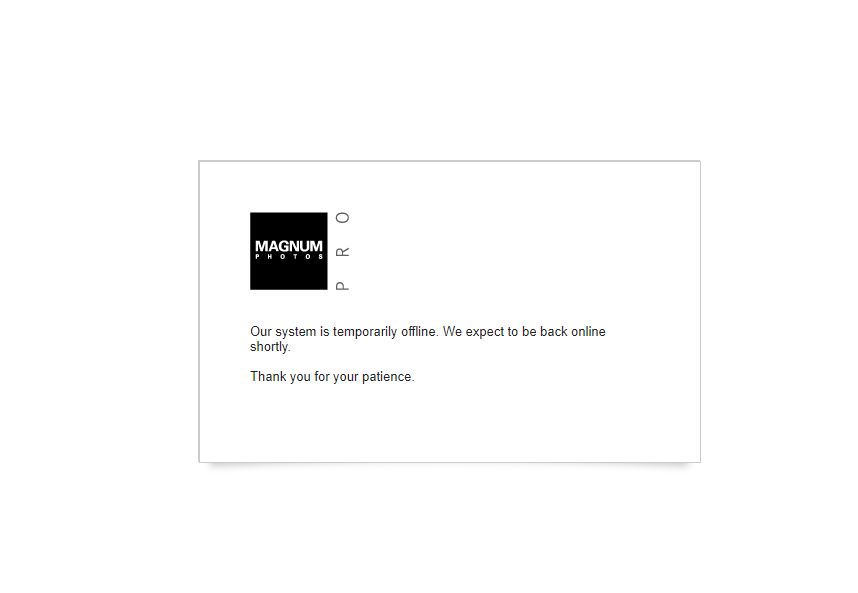
An Open Letter to Olivia Arthur. President of Magnum Photos. — duckrabbit
An Open Letter to Olivia Arthur. President of Magnum Photos. — duckrabbit Dear Olivia, I’m writing to you following the statement that you made after the Magnum Photos archive was taken offline… via duckrabbit: https://www.duckrabbit.info/blog/2020/08/an-open-letter-to-olivia-arthur-president-of-magnum-photos/ I’m writing to you following the statement that you made after the Magnum Photos archive was taken offline as a…
-

Magnum’s Problems are Bigger than David Alan Harvey – Disphotic
Magnum’s Problems are Bigger than David Alan Harvey Yesterday the Magnum Photo Agency announced that it was suspending long time member David Alan Harvey while it investigates a specific allegation of sexual harassment. This comes on the tail of sev… via Disphotic: http://www.disphotic.com/magnums-problems-are-bigger-than-david-alan-harvey/ If Magnum really represents the best that photojournalism has to offer, it’s…
-
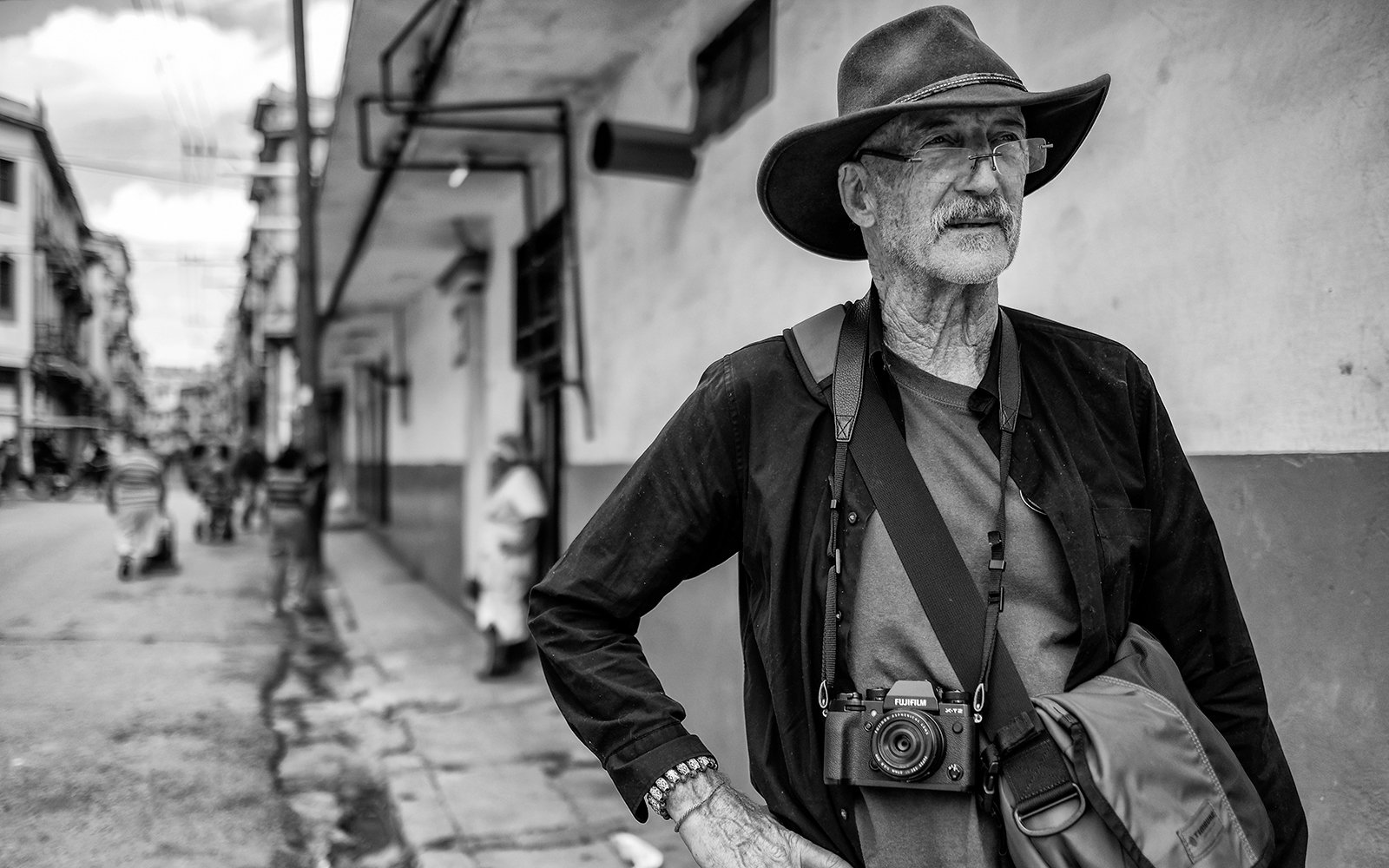
Magnum Suspends David Alan Harvey Over Harassment Allegations
Magnum Suspends David Alan Harvey Over Harassment Allegations In a shocking photo industry development, the renowned Magnum Photos agency has officially suspended prominent photojournalist David Alan Harvey while it via PetaPixel: https://petapixel.com/2020/08/20/magnum-suspends-david-alan-harvey-over-harassment-allegations/?utm_source=feedburner&utm_medium=feed&utm_campaign=Feed%3A+PetaPixel+%28PetaPixel%29 In a shocking photo industry development, the renowned Magnum Photos agency has officially suspended prominent photojournalist David Alan Harvey while it investigates “a…
-
Magnum Photos Will Reexamine Its Archive Following Outcry Against Child Exploitation Images
Magnum Photos Will Reexamine Its Archive Following Outcry Against Child Exploitation Images A photographic series by Magnum photographer David Alan Harvey includes photos of a partially undressed minor, featuring the tags “Prostitute,” “Breast,” and “Teenage girl – 13 to 18 years.” via Hyperallergic: https://hyperallergic.com/583035/magnum-photos-reexamine-archive/ A photographic series by Magnum photographer David Alan Harvey includes photos…
-
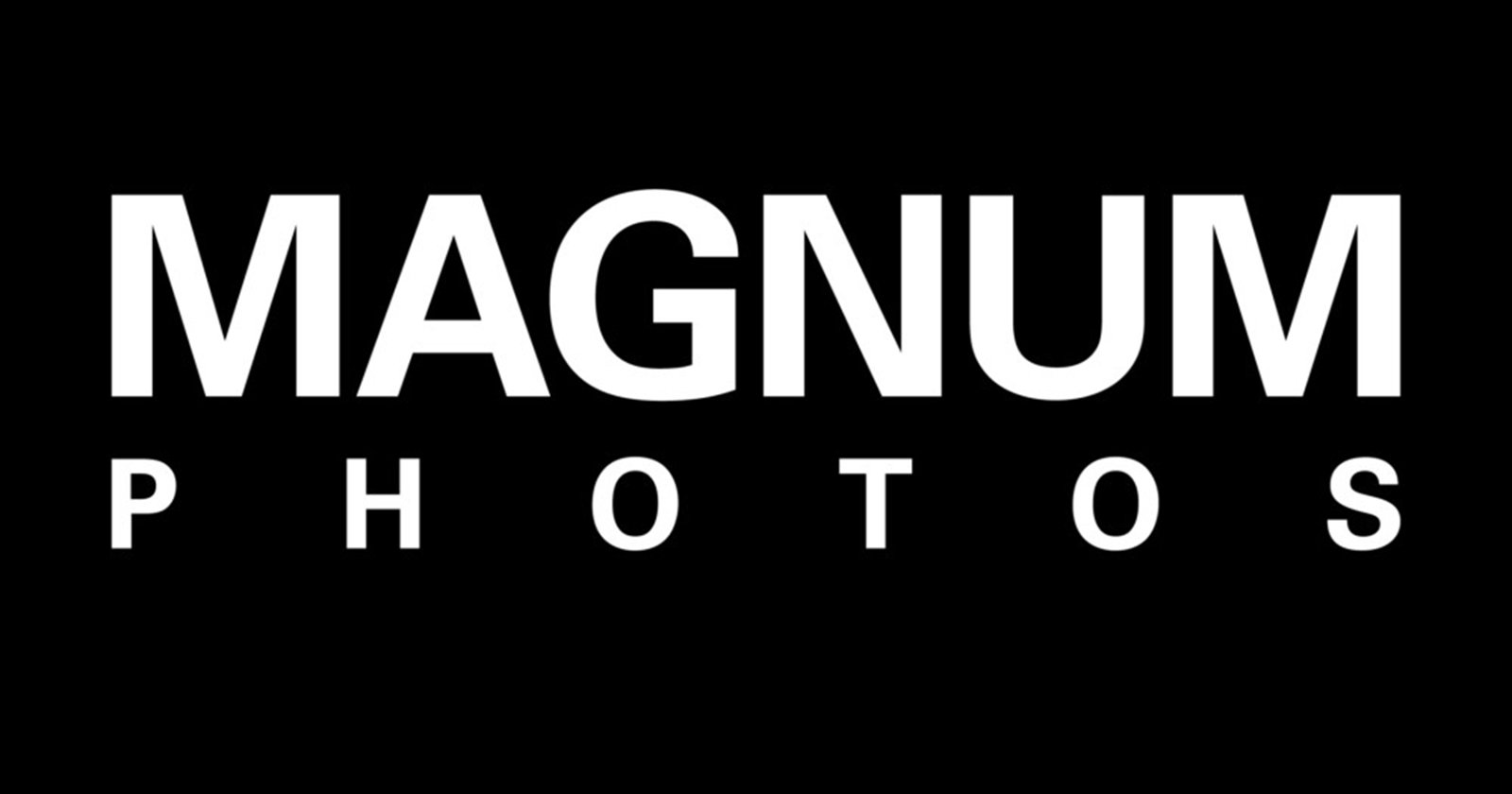
Magnum Will Review Its Entire Archive in Response to Child Exploitation Controversy
Magnum Will Review Its Entire Archive in Response to Child Exploitation Controversy Earlier today, Magnum Photos announced that it would be conducting a thorough internal review of its entire archive. The decision comes one week after a via PetaPixel: https://petapixel.com/2020/08/14/magnum-will-review-its-entire-archive-in-response-to-child-exploitation-controversy/?utm_source=feedburner&utm_medium=feed&utm_campaign=Feed%3A+PetaPixel+%28PetaPixel%29 Earlier today, Magnum Photos announced that it would be conducting a thorough internal review of…
-

NBA Strips Photographer’s Credentials Over Offensive Kamala Harris Post
NBA Strips Photographer’s Credentials Over Offensive Kamala Harris Post A freelance photographer who has been working with the NBA for several years has been kicked out of the league’s Orlando “bubble” after he was called out via PetaPixel: https://petapixel.com/2020/08/15/nba-strips-photographers-credentials-over-offensive-kamala-harris-post/?utm_source=feedburner&utm_medium=feed&utm_campaign=Feed%3A+PetaPixel+%28PetaPixel%29 A freelance photographer who has been working with the NBA for several years has been kicked…
-
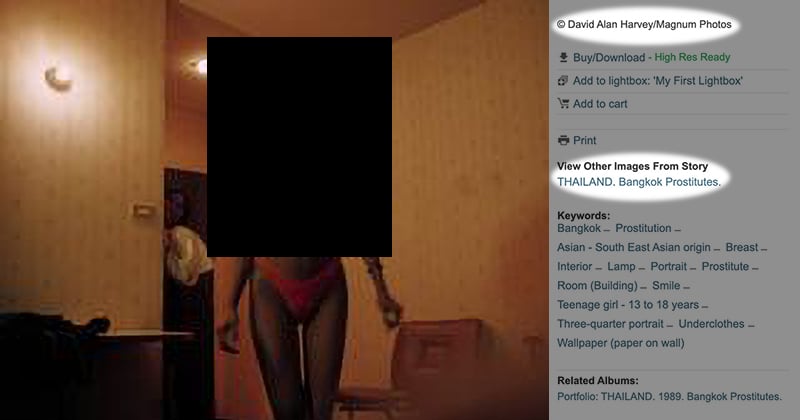
Magnum Under Fire for Selling Photos of ‘Teenage’ Sex Workers from 1989
Magnum Under Fire for Selling Photos of ‘Teenage’ Sex Workers from 1989 Magnum Photos and prominent photojournalist David Alan Harvey are under scrutiny online today after some of Harvey’s photographs labeled as ‘Teenage’ via PetaPixel: https://petapixel.com/2020/08/07/magnum-under-fire-for-selling-photos-of-teenage-sex-workers-from-1989/?utm_source=feedburner&utm_medium=feed&utm_campaign=Feed%3A+PetaPixel+%28PetaPixel%29 Magnum Photos and prominent photojournalist David Alan Harvey are under scrutiny online today after some of Harvey’s photographs labeled…
-
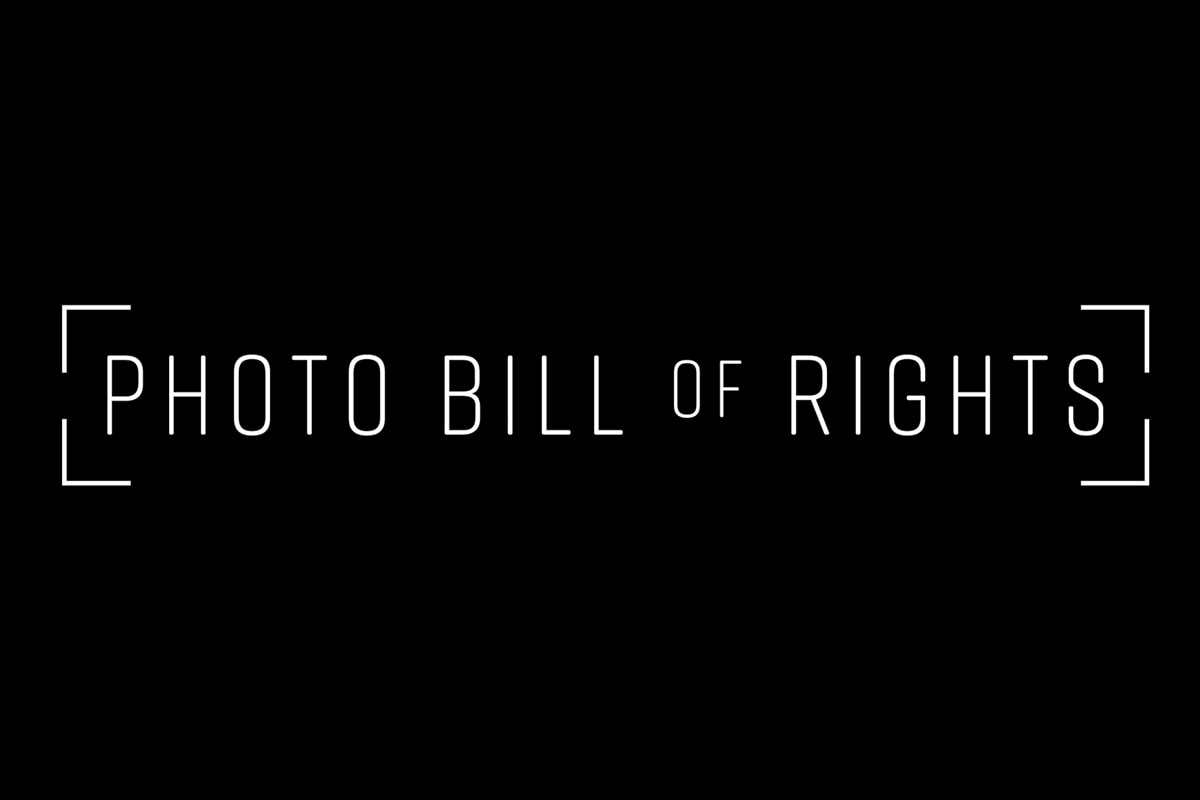
The Photo Bill of Rights – PhotoShelter Blog
The Photo Bill of Rights – PhotoShelter Blog PhotoShelter’s Caitlyn Edwards interviews co-authors Jai Lennard, Jovelle Tamayo and Tara Pixley to discuss the Photo Bill of Rights. via PhotoShelter Blog: https://blog.photoshelter.com/2020/07/photo-bill-of-rights/?utm_source=feedburner&utm_medium=feed&utm_campaign=Feed%3A+PhotoshelterBlog+%28PhotoShelter+Blog%29 Recently I had the opportunity to virtually sit down with three of the co-authors of the Bill: Jai Lennard, photographer and founder of Color…
-
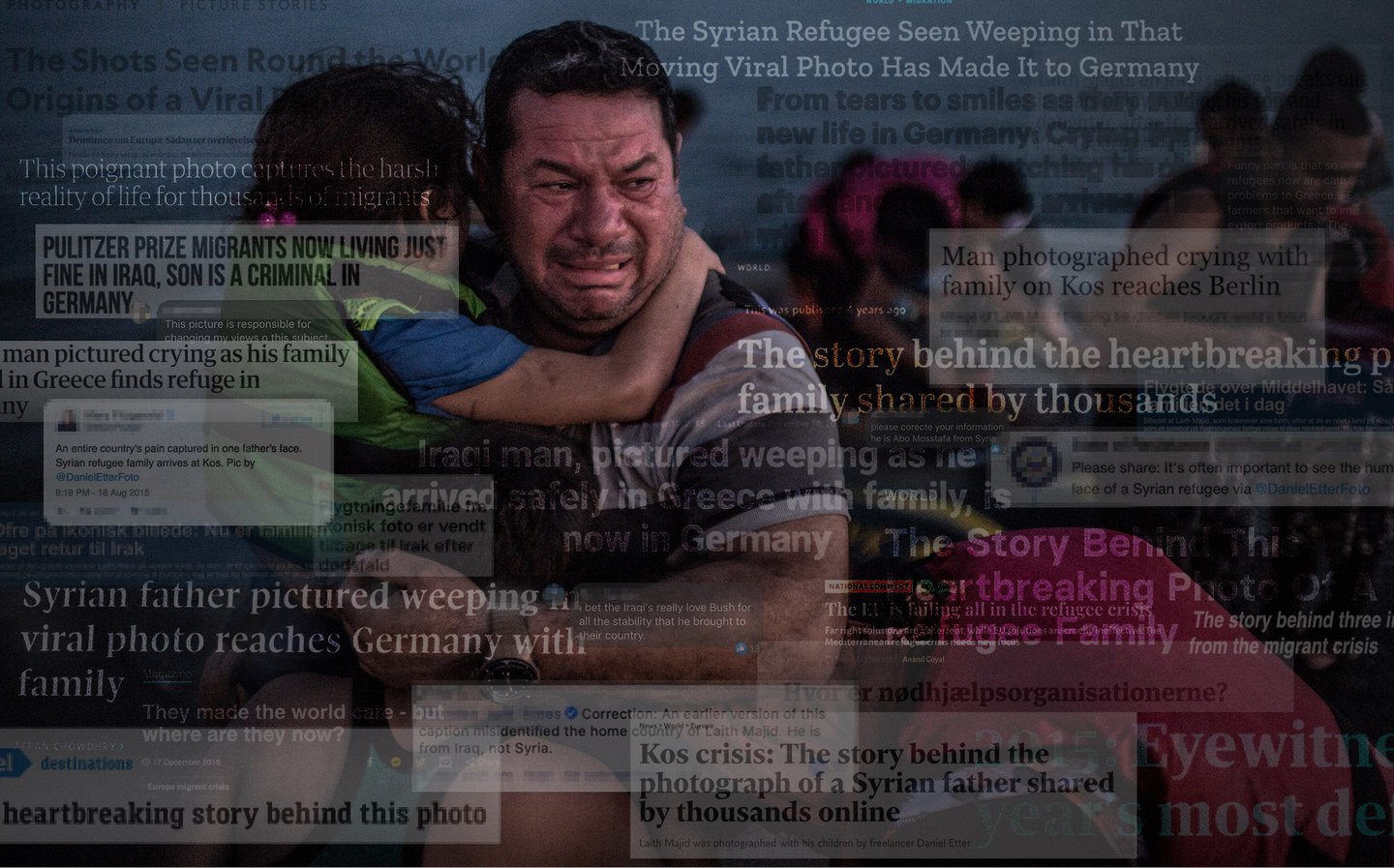
Truthmark is a photography database aiming to stop misuse in fake news
Truthmark is a photography database aiming to stop misuse in fake news Initiated by Canon with agency Uncle Grey Copenhagen, it allows photographers to upload images together with the stories and contexts behind them, aiming to curtail misappropriation. Link: https://www.itsnicethat.com/news/truthmark-photo-database-canon-uncle-grey-copenhagen-photography-280720?utm_source=feedburner&utm_medium=feed&utm_campaign=Feed%3A+itsnicethat%2FSlXC+%28It%27s+Nice+That%29 Initiated by Canon with agency Uncle Grey Copenhagen, it allows photographers to upload images together…
-
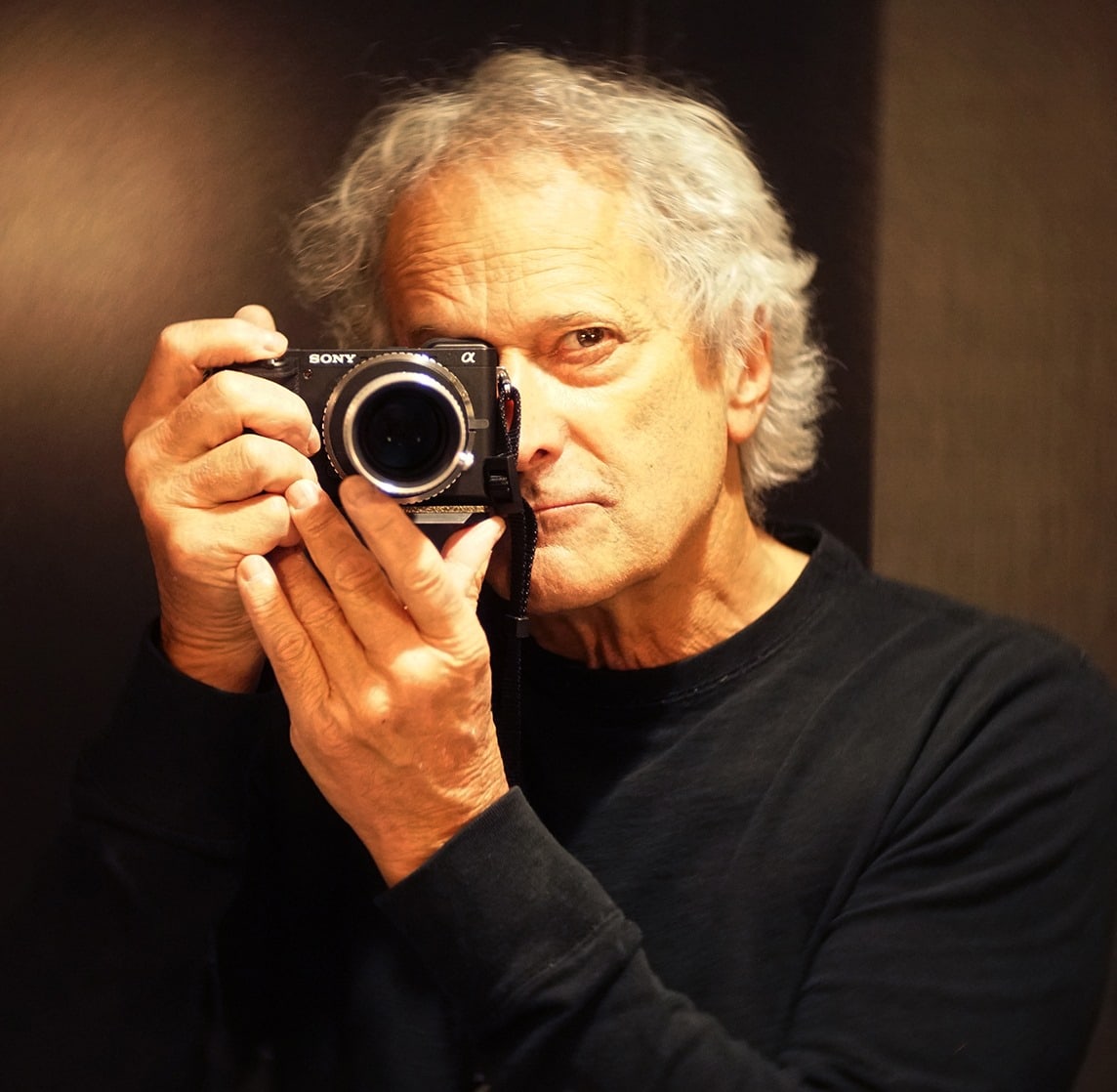
David Burnett: Letter to the NPPA on Ethics – PhotoShelter Blog
David Burnett: Letter to the NPPA on Ethics – PhotoShelter Blog Editor’s note: Photojournalist David Burnett recently penned a letter to the National Press Photographers Association in response to the discussion around photographic ethics and the publication of the Photo Bill of Rights. With his permission, we are rep via PhotoShelter Blog: https://blog.photoshelter.com/2020/07/david-burnett-letter-to-the-nppa-on-ethics/ Editor’s note:…
-
Fox News runs digitally altered images in coverage of Seattle’s protests, Capitol Hill Autonomous Zone | The Seattle Times
Link: Fox News published digitally altered and misleading photos on stories about Seattle’s Capitol Hill Autonomous Zone (CHAZ) in what photojournalism experts called a clear violation of ethical standards for news organizations.
-
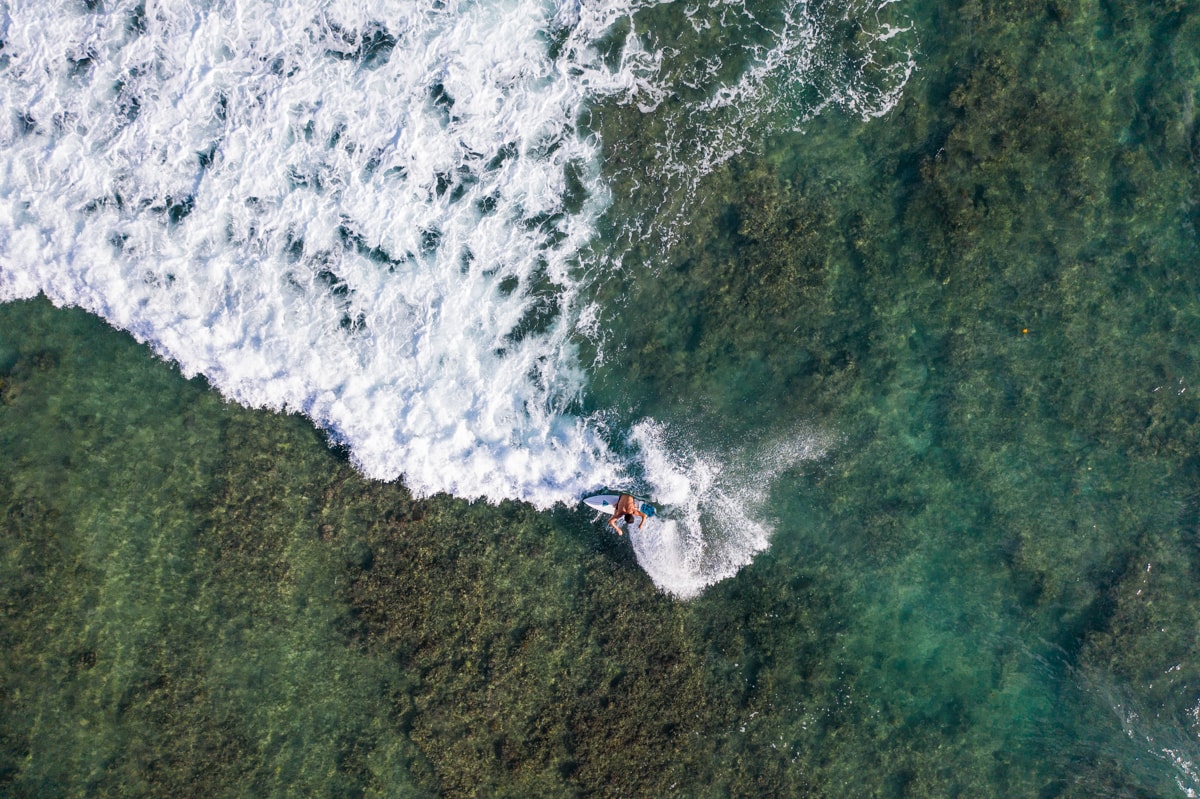
Podcast: Photojournalists Have a Heated Ethics Debate & Black Photographers Create the VogueChallenge – PhotoShelter Blog
Podcast: Photojournalists Have a Heated Ethics Debate & Black Photographers Create the VogueChallenge – PhotoShelter Blog As photographers responded to the controversial Poynter article entitled “Photographers are being called on to stop showing protesters’ face. Should they?” PhotoShelter co-founder Allen Murabayashi published a series of pieces that intensified the convers via PhotoShelter Blog: https://blog.photoshelter.com/2020/06/podcast-photojournalists-have-a-heated-ethics-debate-black-photographers-create-the-voguechallenge/?utm_source=feedburner&utm_medium=feed&utm_campaign=Feed%3A+PhotoshelterBlog+%28PhotoShelter+Blog%29 As…
-
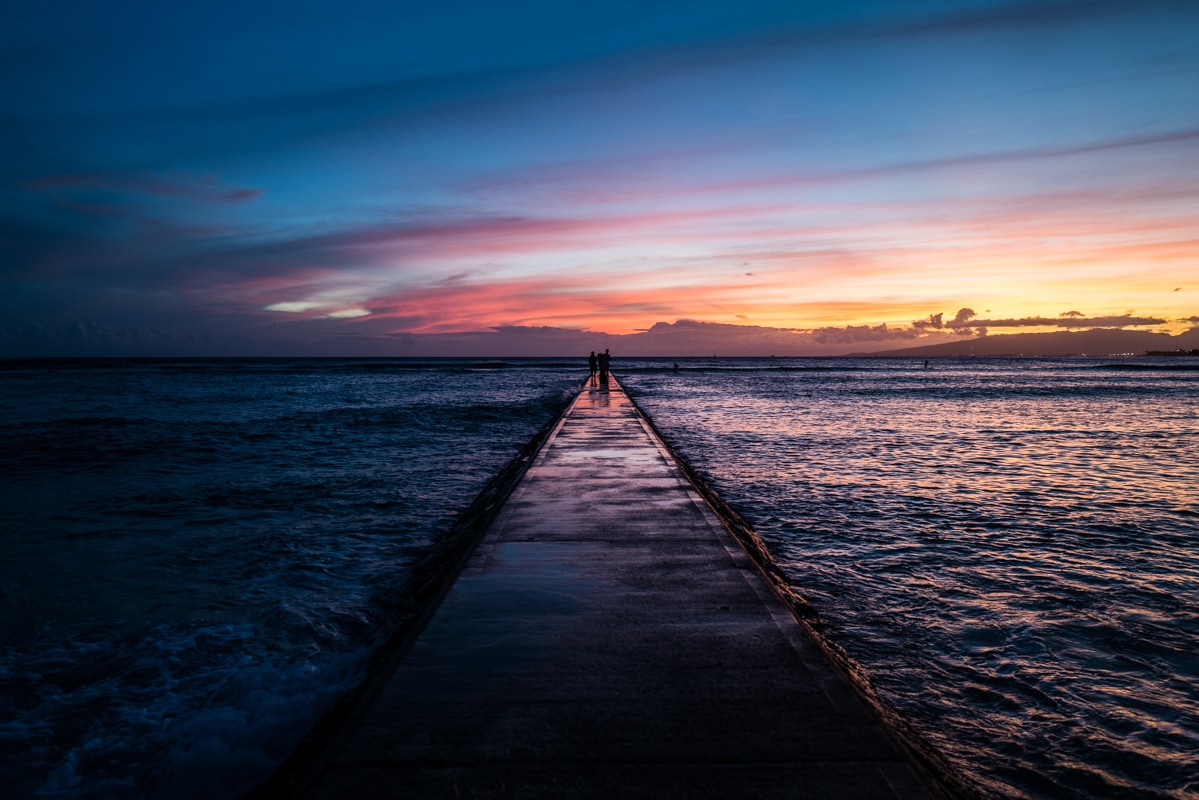
On Ethics, The First Amendment, and Photographing Protestors’ Faces – PhotoShelter Blog
On Ethics, The First Amendment, and Photographing Protestors’ Faces – PhotoShelter Blog A vigorous, sometimes vitriolic debate has erupted in photography circles around whether to photograph protestors’ faces. via PhotoShelter Blog: https://blog.photoshelter.com/2020/06/on-ethics-the-first-amendment-and-photographing-protestors-faces/?utm_source=feedburner&utm_medium=feed&utm_campaign=Feed%3A+PhotoshelterBlog+%28PhotoShelter+Blog%29 A vigorous, sometimes vitriolic debate has erupted in photography circles around whether to photograph protestors’ faces. As someone who’s written about the topic,…
-
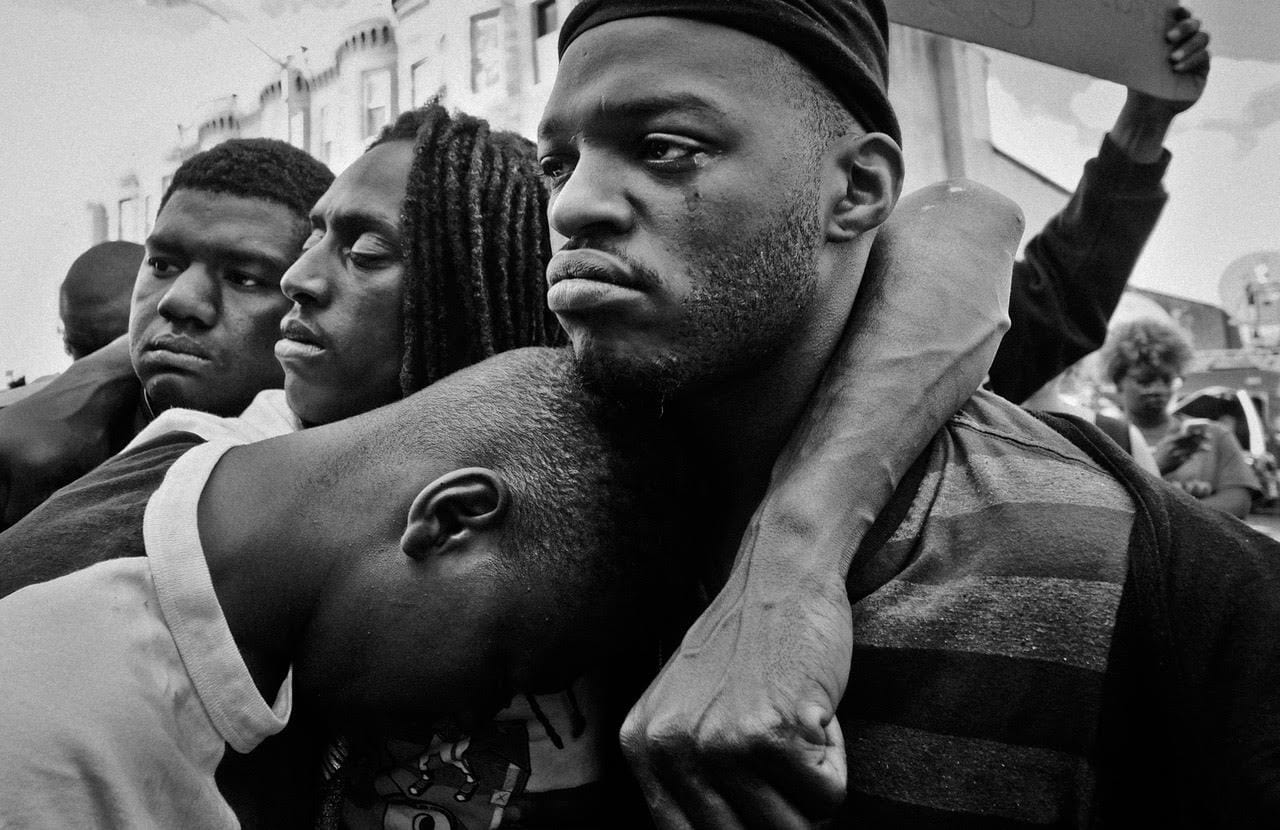
Yunghi Kim: “Is agreeing NOT to show a person’s face against the ethics of journalism?” – PhotoShelter Blog
Yunghi Kim: “Is agreeing NOT to show a person’s face against the ethics of journalism?” – PhotoShelter Blog Editor’s note: Veteran photojournalist Yunghi Kim (@yunghi) sent me the following thoughts after the publication of my article about the ethics of showing protestors’ faces. My professional perspective is that there is a problem with the Poynter…
-
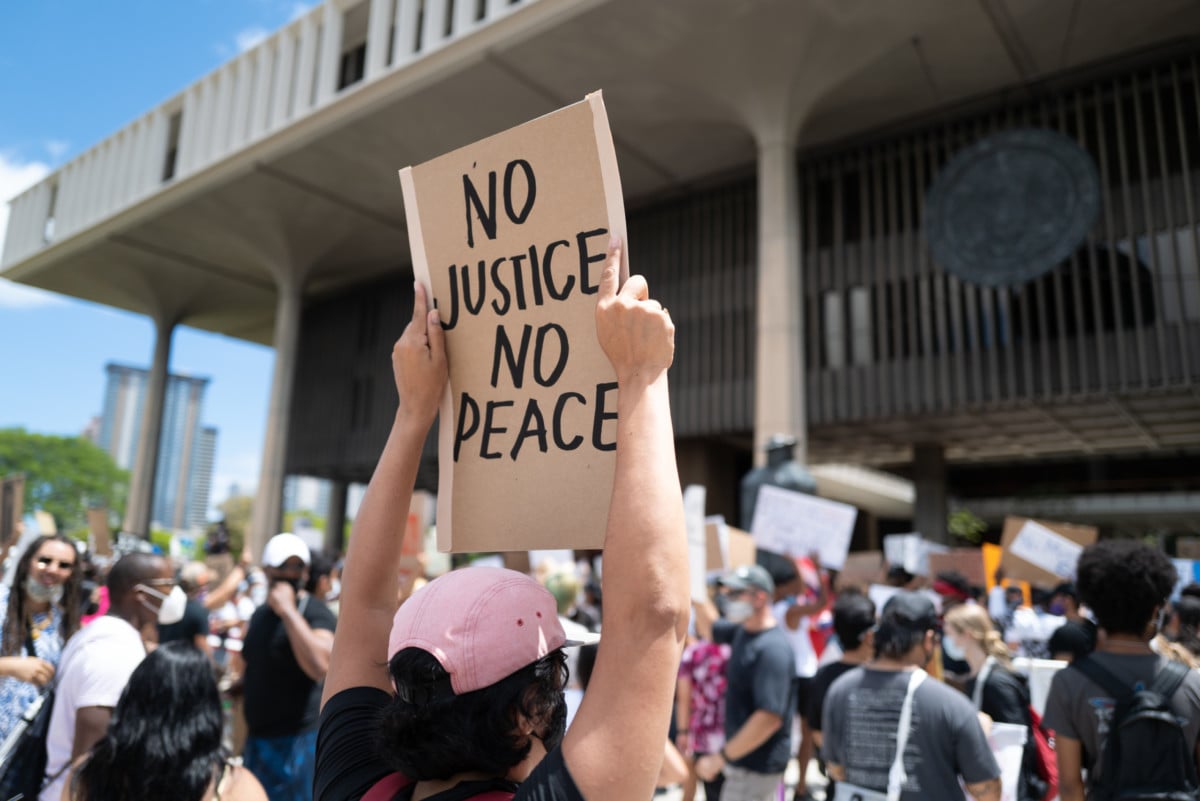
No, Photojournalists Aren’t Advocating the Blurring of Faces at Protests – PhotoShelter Blog
No, Photojournalists Aren’t Advocating the Blurring of Faces at Protests – PhotoShelter Blog In the midst of global protests in support of #BlackLivesMatter, the Poynter Institute caused a ruckus within the photojournalism industry last week with the provocatively titled “Photographers are being called on to stop showing protestors’ faces. Should via PhotoShelter Blog: https://blog.photoshelter.com/2020/06/no-photojournalists-arent-advocating-the-blurring-of-faces-at-protests/?utm_source=feedburner&utm_medium=feed&utm_campaign=Feed%3A+PhotoshelterBlog+%28PhotoShelter+Blog%29 In…
-
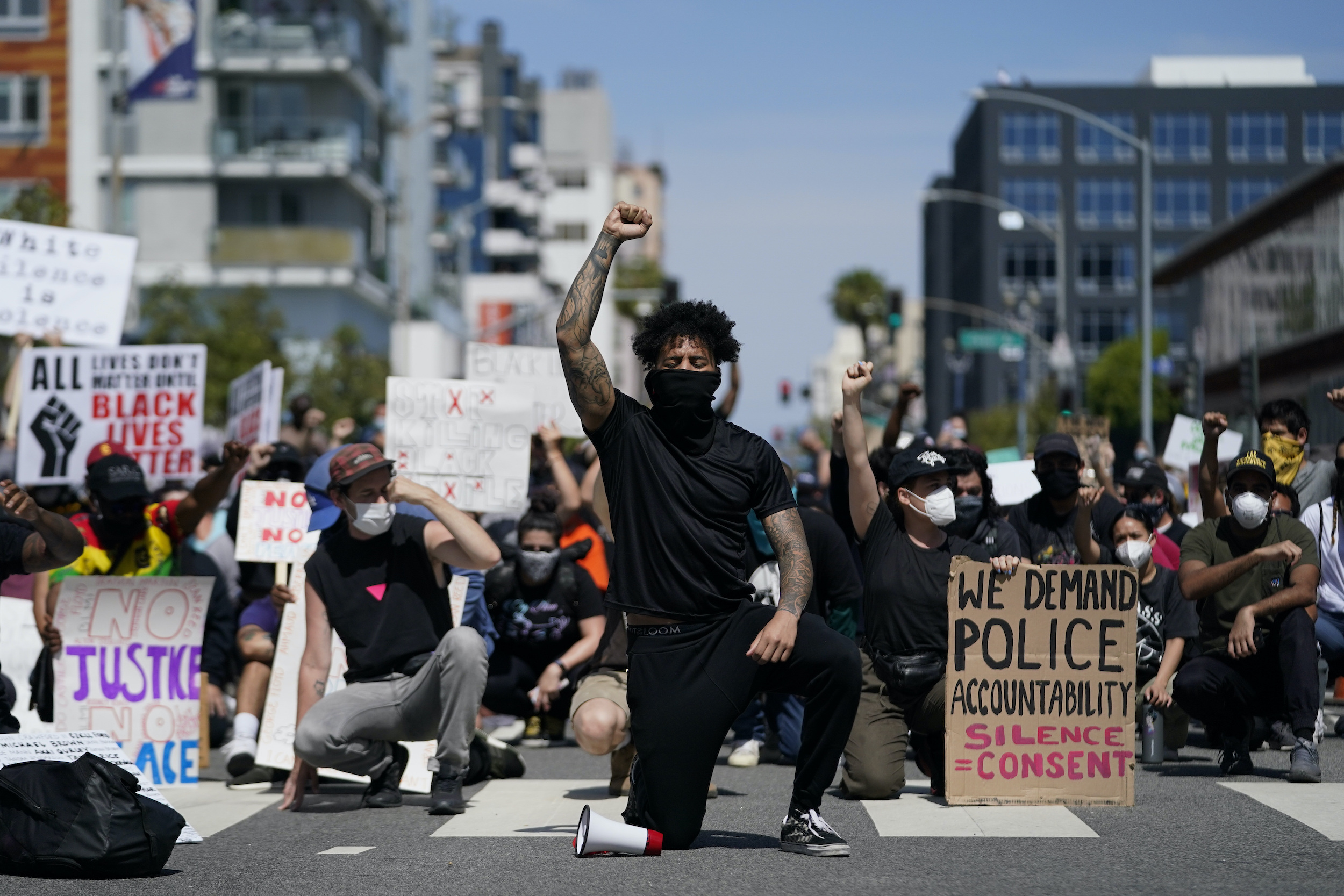
Photographers are being called on to stop showing protesters’ faces. Should they? – Poynter
Photographers are being called on to stop showing protesters’ faces. Should they? – Poynter For many, the argument is about rights vs. responsibilities. Journalists have a clear legal right to document faces. The question at hand is how and when. via Poynter: https://www.poynter.org/ethics-trust/2020/should-journalists-show-protesters-faces/ Legally, there’s no question — when protesters are in public spaces engaged in newsworthy…
-
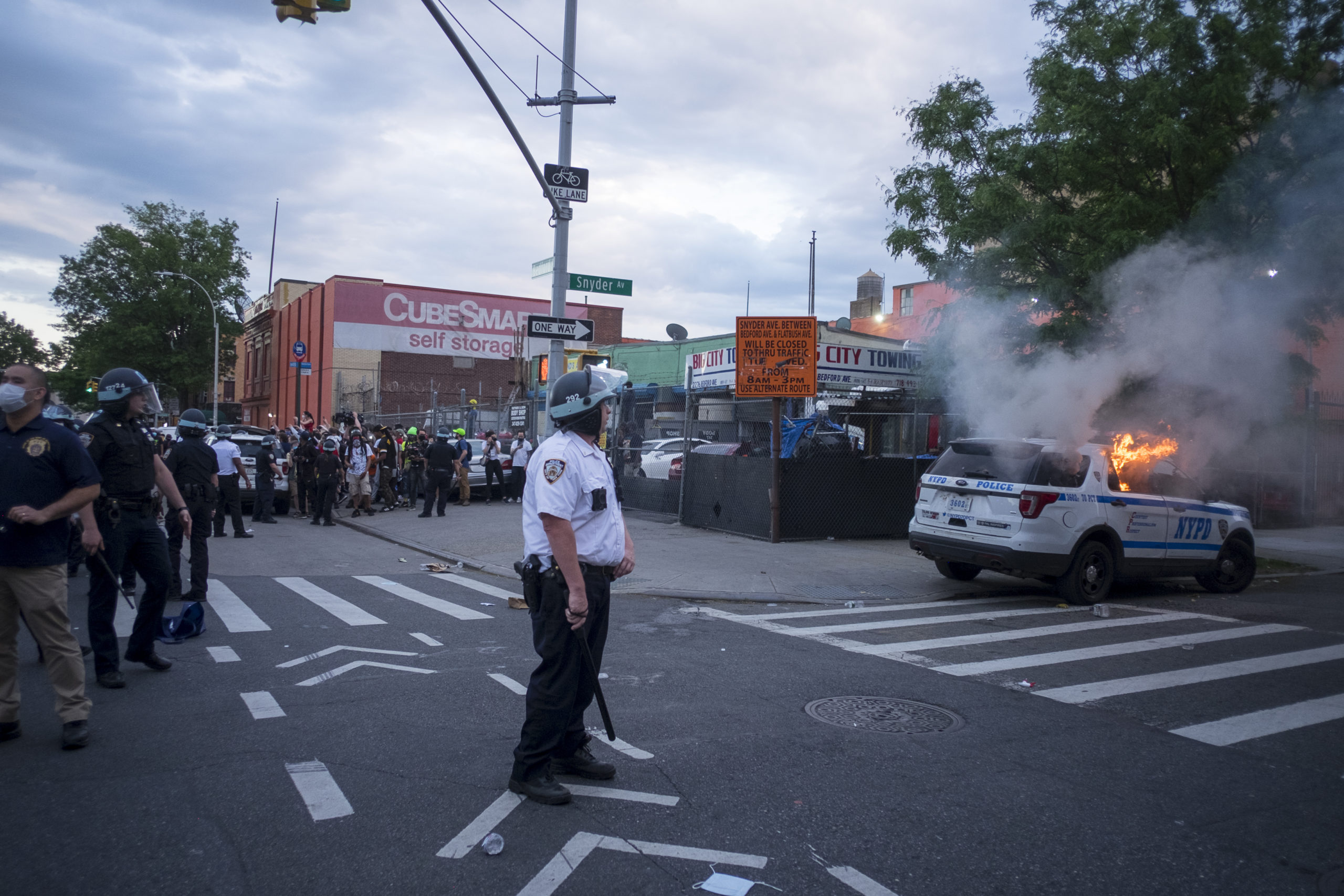
Documenting a Protest Has Never Been More Challenging – Reading The Pictures
Documenting a Protest Has Never Been More Challenging – Reading The Pictures This week has been unusually difficult for photographers who are trying to cover the George Floyd protests. Essay and images by photographer Alan Chin. via Reading The Pictures: https://www.readingthepictures.org/2020/06/photographing-protest/?utm_source=feedburner&utm_medium=feed&utm_campaign=Feed%3A+Bagnewsnotes+%28Reading+The+Pictures%29 In a recent Facebook post, New York Times writer David Gonzalez confronted photojournalists who…
-
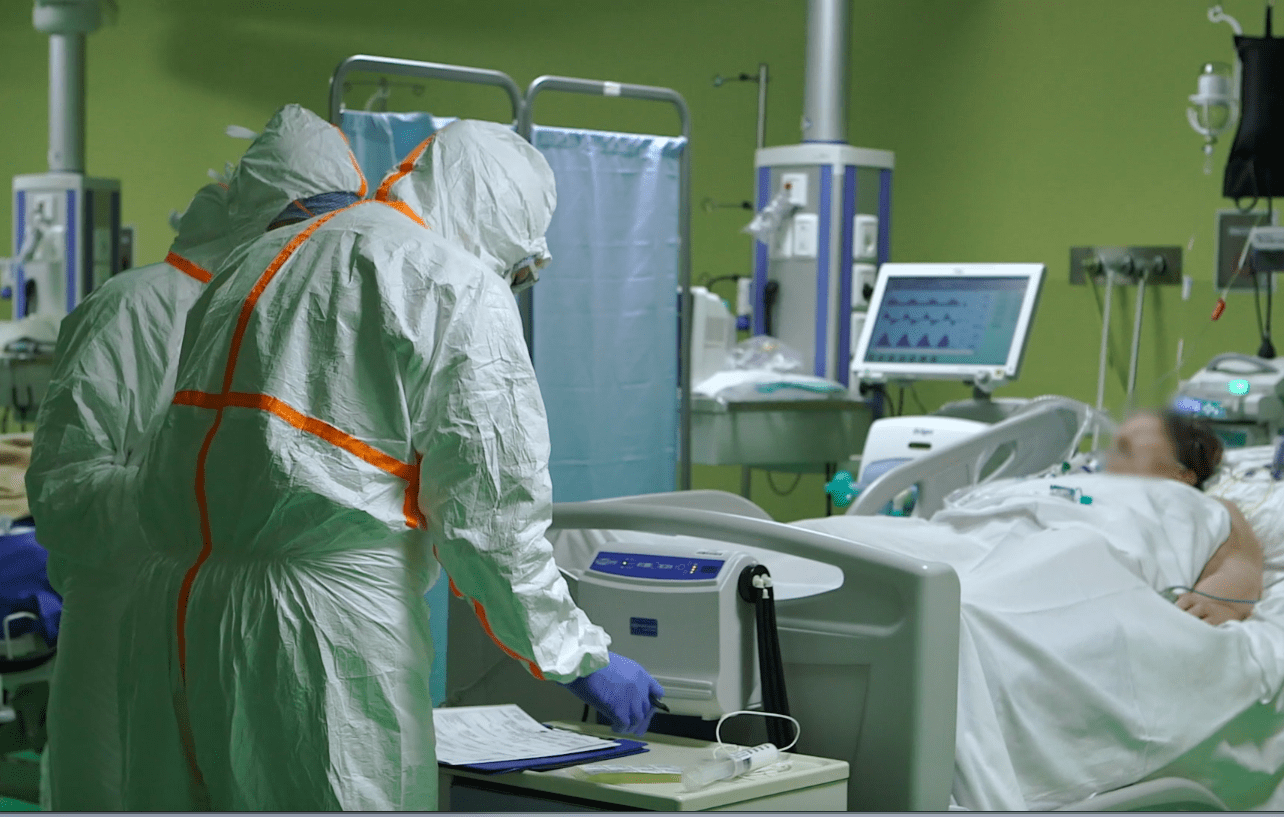
On the ethics of documenting a pandemic – British Journal of Photography
On the ethics of documenting a pandemic Filmmaker Francesca Tosarelli, who has covered COVID-19 in Bergamo, Italy, one of the hardest-hit areas to date, considers her role in chronicling a crisis where the best course of action is to remain home via British Journal of Photography: https://www.bjp-online.com/2020/04/on-the-ethics-of-documenting-a-pandemic/ Filmmaker Francesca Tosarelli, who has covered COVID-19 in…
